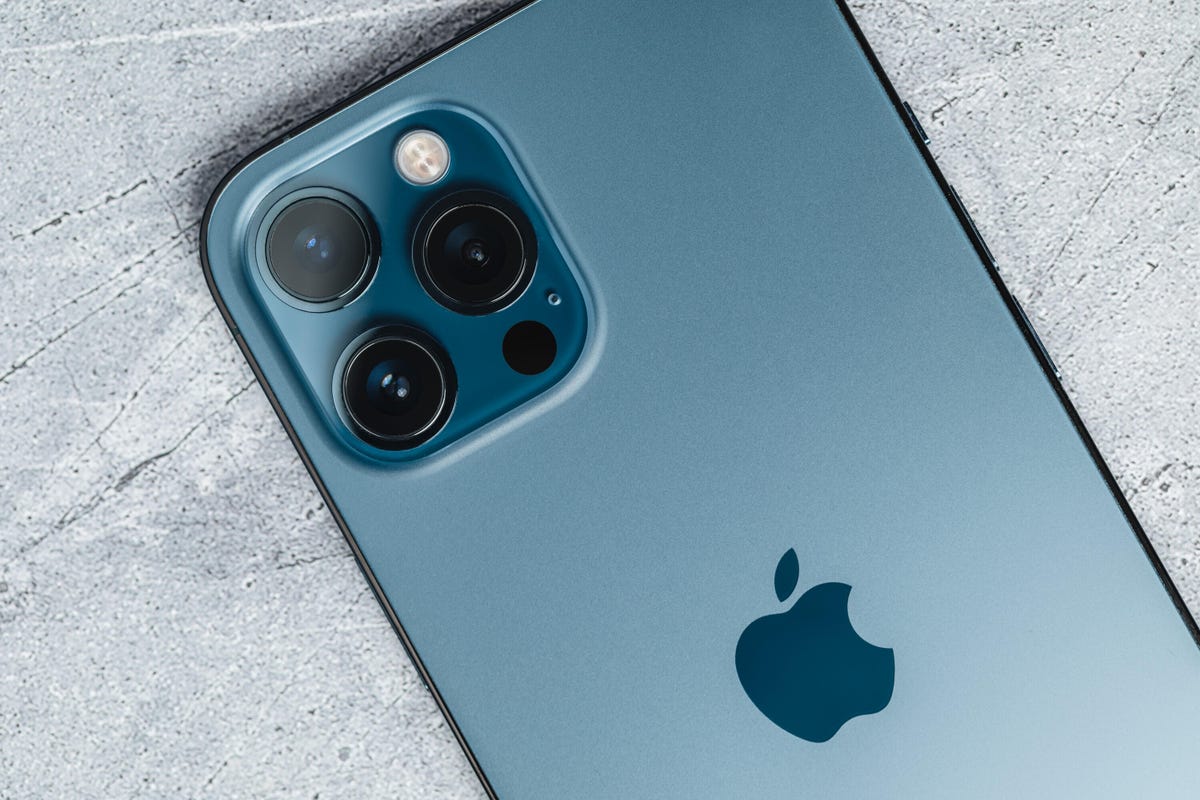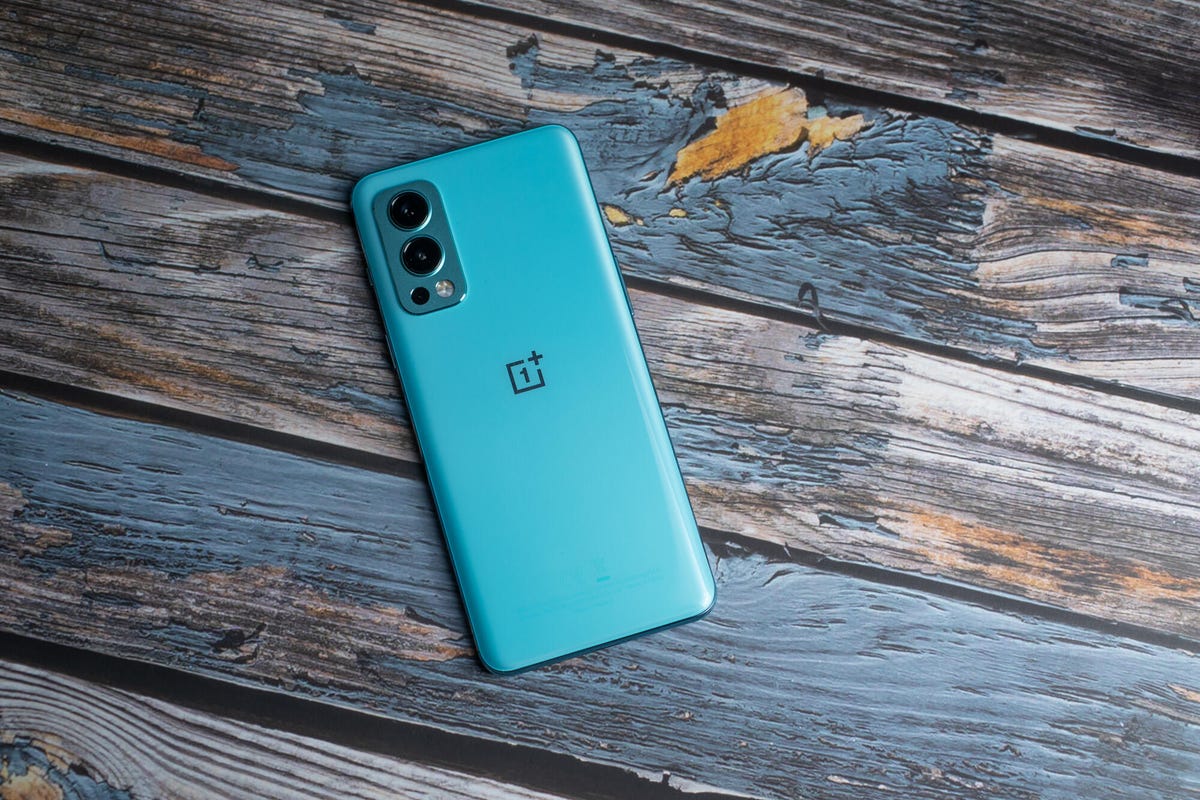Water resistance in a phone can be critical. Those of you who’ve ever spilled a drink on your device know it can mean the difference between a quick wipe with a napkin and an expensive trip to the phone store. While waterproofing used to be a feature found only on beefy, rubber-sealed rugged phones designed for construction workers or downhill mountain bikers, you’ll now find some kind of water resistance in most mainstream phones, including the iPhone 15 Pro and Galaxy S23 Ultra. Even Google’s affordable Pixel 7A is water resistant.
Not all phones can withstand a dunk in water though, and some shouldn’t be near liquid at all. Almost no phones should be taken swimming in a pool, and ocean swimming is out of the question. If you’ve shopped for a phone recently, you’ll have come across terms like “water resistant” as well as the now common IP67, IP68 and IPX8 ratings. But what do those ratings really mean and, crucially, how waterproof is your expensive new phone?
Let’s break down the jargon and find out.
What do IP67, IP68 and IPX8 mean?
Ingress protection ratings (aka international protection ratings) are a standard set forth by the International Electrotechnical Commission. According to the organization, the codes are designed as a “system for classifying the degrees of protection provided by the enclosures of electrical equipment.”
The first number in the rating code represents the amount of protection provided against the entry of foreign solid objects, such as sand or dust. These protection levels range from a low of 0 to a high of 6.
The second number represents the degree of protection against the entry of moisture or liquid, with protection levels ranging from a low of 0 to a high of 8.
Nothing’s earbuds are IPX4 rated, which is enough to keep them safe from sweat during your workouts.
Sometimes you’ll see an IP rating with a number replaced with an X, such as IPX8. In this instance, a company hasn’t provided testing details so the rating number is replaced with an X. An IPX8-rated device can survive being submerged in water then, but it hasn’t officially been rated for any protection from dust or other particles.
The iPhone 15 Pro has an IP68 rating, meaning it’s protected from dust getting inside and can withstand being submerged in water. The Galaxy S23 Ultra is also IP68 rated. So they’re equally water-resistant, right? Well, no. That’s where it gets confusing.
For an 8 on the IP rating, the IEC demands a device can withstand being submerged in at least 1 meter of water for 30 minutes. Beyond that, it’s up to the manufacturer. The S23 Ultra can be submerged in up to 1.5 meters of water for 30 minutes, while Apple says the iPhone 15 Pro is safe in up to 6 meters of water for up to 30 minutes. So while any phone with an IP68 rating will have had to hit that 1 meter-30 minute minimum threshold, it’s important to check the fine print and see exactly what your phone offers.
For further details on all the IP ratings, you can see charts at the end of this article outlining the protection levels set by the IEC.

The iPhone 12 Pro Max can be submerged in water up to 6 meters deep for up to 30 minutes at a time.
Can I go swimming with my iPhone?
While the iPhone 15 Pro’s advertised 6 meters of water-resistance might make it seem like you can slip one into your swim shorts and hit the pool, you’d be well advised to leave it out of the water. The IP rating is tested in controlled conditions — in water with no movement. Moving your phone in the water will add more water pressure, making it more likely that water could find its way inside and do irreparable damage to your phone.
The IP tests are also done using fresh water; most pools will have additional chemicals such as chlorine, which could make a difference to your phone’s resistance. And you should absolutely keep your phone out of the sea: Salt water could cause a lot of trouble, including degrading the metal parts in your charging port.
Even if your phone has the top IP68 resistance rating, it’s good practice to treat the feature as a backup in case of emergencies. Your phone is not designed to go snorkeling, so don’t try using the camera to snag pictures of starfish or whatever. Nor should you try to record TikTok videos of yourself jumping off the high dive into the deep end. It’s there for accidents like spilling a drink or emergencies like making a call in the pouring rain.

The OnePlus Nord 2 does not have any stated resistance to water — keep phones like this extra safe when you’re around liquids.
My phone doesn’t have an IP rating. Can it get wet?
In order for a company to advertise that their product has an IP rating at all, it needs to have undergone strict tests to ensure it meets the requirements. These tests can be timely and costly, so it’s understandable that some companies simply don’t want to spend the cash, particularly when it comes to budget-focused models.
Some phones instead use terms like “water-repellent” or “water-resistant” without an official IP rating. These handsets may make use of methods like rubberized seals or water-repellent nano coating to keep moisture at bay. While these phones may well survive an accidental dunking, it’s worth keeping them safe from being fully submerged in water. But you shouldn’t need to worry too much about taking calls in the rain.
If your phone makes no mention of water resistance, then it’s best to assume that it has none and you should take as much care as you can around liquids.
Solid protection
| IP Code | Protection | Object size |
|---|---|---|
| 0 | No protection. | N/A |
| 1 | Protection from contact with any large surface of the body, such as the back of a hand. But no protection against deliberate contact with a body part, such as a finger. | Less than 50mm |
| 2 | Protection from fingers or similar objects. | Less than 12.5mm |
| 3 | Protection from tools, thick wires or similar objects. | Less than 2.5mm |
| 4 | Protection from most wires, screws or similar objects. | Less than 1mm |
| 5 | Partial protection from contact with harmful dust. | N/A |
| 6 | Protection from contact with harmful dust. | N/A |
Moisture protection
| IP Code | Protection | Test duration | Usage |
|---|---|---|---|
| 0 | No protection. | N/A | N/A |
| 1 | Protection against vertically dripping water. | 10 mins | Light rain |
| 2 | Protection against vertically dripping water when device is tilted at an angle up to 15 degrees. | 10 mins | Light rain |
| 3 | Protection against direct sprays of water when device is tilted at an angle up to 60 degrees. | 5 mins | Rain and spraying |
| 4 | Protection from sprays and splashing of water in all directions. | 5 mins | Rain, spraying and splashing |
| 5 | Protection from low-pressure water projected from a nozzle with a 6.3mm diameter opening in any direction. | 3 mins from a distance of 3 meters | Rain, splashing and direct contact with most kitchen and bathroom faucets |
| 6 | Protection from water projected in powerful jets from a nozzle with a 12.5mm diameter opening in any direction. | 3 mins from a distance of 3 meters | Rain, splashing, direct contact with kitchen and bathroom faucets, outdoor use in rough sea conditions |
| 7 | Protected from immersion in water with a depth of up to 1 meter (or 3.3 feet) for up to 30 mins. | 30 mins | Rain, splashing and accidental submersion |
| 8 | Protected from immersion in water with a depth of more than 1 meter (manufacturer must specify exact depth). | At least 30 mins | Rain, splashing and accidental submersion |
This article is updated periodically to include new devices.



